The battle between German luxury flagships has never been more intense than in the current showdown between the BMW 7 Series and Audi A8L. These automotive titans represent the pinnacle of their respective brands' engineering prowess, offering contrasting philosophies wrapped in similarly opulent packages. For executives and enthusiasts alike, choosing between these Teutonic marvels requires careful consideration of their distinct personalities and technological approaches.
At first glance, both vehicles announce their premium status with imposing road presence. The latest 7 Series has adopted a more controversial design language, featuring BMW's largest-ever kidney grille flanked by split headlights - a styling choice that polarizes observers but undoubtedly makes a statement. By contrast, the A8L follows Audi's more conservative evolution of its singleframe grille design, with sharper creases and a wider stance that communicates authority without shouting. These differing aesthetic approaches reveal much about how each automaker views their flagship clientele.
Step inside either cabin, and you're immediately enveloped in what might be the finest automotive interiors money can buy. BMW has gone all-out with the 7 Series' "Interaction Bar", a crystalline ambient light strip that spans the dashboard and door panels, creating a theater-like atmosphere at night. The A8L counters with Audi's signature virtual cockpit and dual touchscreen MMI system, offering a more technical but equally luxurious environment. Both cabins use exquisite materials - from supple Merino leather in the BMW to Valcona hides in the Audi - with near-perfect fit and finish that reminds you why German luxury sets the global standard.
Where these flagships begin diverging more noticeably is in their driving dynamics. The BMW 7 Series remains true to the brand's "Ultimate Driving Machine" ethos, even in this luxury barge format. The rear-wheel-drive-biased platform (with available xDrive AWD) delivers surprisingly agile handling for such a large vehicle, aided by rear-axle steering that tightens the turning circle. The steering provides decent feedback by modern standards, and the chassis maintains remarkable composure when pushed. It's a car that seems to shrink around you on twisting roads - no small feat for a vehicle stretching over 212 inches long.
The Audi A8L, while certainly no slouch, prioritizes a different kind of excellence. Its quattro all-wheel-drive system provides unshakable grip in all conditions, and the adaptive air suspension (standard on all models) delivers what might be the most magic-carpet ride in the segment. Where the BMW engages, the Audi pampers, with noise isolation so effective it makes highway speeds feel like a library. The A8L's party trick is its predictive active suspension, which uses cameras to scan the road ahead and adjust damping to smooth out imperfections before you hit them - technology that feels genuinely futuristic in action.
Powertrain options reveal another layer of differentiation between these German aristocrats. BMW offers the 7 Series with everything from a turbocharged inline-six (740i) to a thunderous V8 (760i xDrive) and even an electrified 750e xDrive plug-in hybrid. The range-topper, for now, remains the Alpina-tuned B7 with its 600+ horsepower twin-turbo V8. Audi counters with its own impressive lineup, starting with a mild-hybrid V6 (A8L 55 TFSI) and progressing to a brutish twin-turbo V8 (S8) and the range-topping S8 TFSI with 563 horsepower. Notably absent is any plug-in hybrid option, though rumors suggest one may arrive with the mid-cycle refresh.
Technology integration represents another fascinating battleground. BMW's iDrive 8 system (soon to be updated to iDrive 8.5) spreads across a curved display combining a 12.3-inch instrument cluster and 14.9-inch central touchscreen. The system is feature-rich but can feel overly complex for some functions. Audi's MMI Touch Response system uses dual screens (10.1-inch upper, 8.6-inch lower) with haptic feedback that provides satisfying physical clicks when pressed. Both systems offer excellent voice control, though Audi's natural language processing feels slightly more intuitive in real-world use.
Rear seat accommodations border on obscene luxury in both models, as befits vehicles often purchased with chauffeurs in mind. The 7 Series offers an available Executive Lounge package that transforms the right rear seat into a near-first-class airline experience, with power-adjustable reclining, a footrest, and an integrated tablet for controlling all cabin functions. Not to be outdone, the A8L counters with available relaxation seats featuring massage functions, heated armrests, and adjustable ambient lighting scenarios designed to reduce passenger stress. Both vehicles offer rear-seat entertainment systems, though Audi's dual screens feel slightly more premium than BMW's single ceiling-mounted unit.
Safety systems in both vehicles represent the current state of the art, with comprehensive suites of driver assistance technologies. The 7 Series shines with its Driving Assistance Professional package that includes hands-free driving at speeds up to 85 mph on limited-access highways. Audi's AI Traffic Jam Pilot offers similar functionality in congested situations, though both systems require driver attention and haven't yet achieved true autonomy. Night vision with pedestrian and animal detection is available on both models, though BMW's system projects warnings directly onto the head-up display for quicker recognition.
When it comes to brand cachet, both vehicles carry significant weight in different circles. The BMW 7 Series has long been the choice for those who want to project success while maintaining some sporting pretense - the car for CEOs who still enjoy taking the wheel themselves. The Audi A8L, meanwhile, has cultivated an image as the more discreet choice - favored by diplomats and executives who prefer understatement over flash. This distinction may matter more than any spec sheet comparison for many buyers in this rarefied segment.
Pricing between these flagships remains closely matched, with both starting in the low-$90,000 range for base models and easily cresting $150,000 for fully-loaded versions. The 7 Series arguably offers more dramatic jumps between trim levels, while the A8L maintains a more consistent luxury experience across its range. Residual values tend to favor the BMW slightly, though neither could be described as holding value particularly well in this depreciation-heavy segment.
Ultimately, choosing between these German luxury flagships comes down to personal priorities. The BMW 7 Series delivers for those who want a more engaging driving experience wrapped in cutting-edge (if controversial) styling and technology. The Audi A8L appeals to buyers valuing supreme comfort, technical innovation, and a more restrained aesthetic. Both represent engineering marvels that showcase why German automakers continue leading the luxury segment - just with markedly different road-going personalities.
As the automotive world shifts toward electrification, both models face interesting futures. BMW has already introduced the all-electric i7 variant that shares the 7 Series lineup, while Audi has spun off its e-tron models into separate lines rather than electrifying the A8. This strategic difference may influence buyers considering long-term ownership in an increasingly EV-focused market. For now though, both the combustion and electric variants of these flagships continue setting benchmarks that competitors struggle to match.
In the rarefied air of six-figure luxury sedans, there are no truly bad choices - only different interpretations of automotive excellence. The BMW 7 Series and Audi A8L represent two compelling visions of what a modern flagship should be, each executed with Teutonic precision and attention to detail. Your preference between them likely says as much about your personality as it does about your automotive priorities - a testament to how effectively both brands have differentiated their offerings in this fiercely competitive segment.
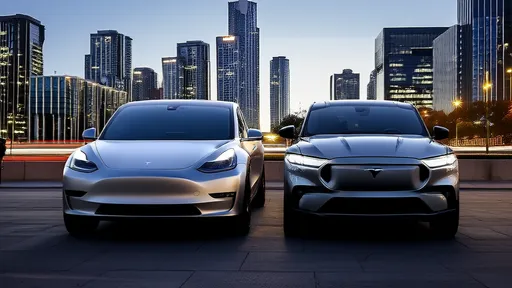
By /Jun 14, 2025

By /Jun 14, 2025
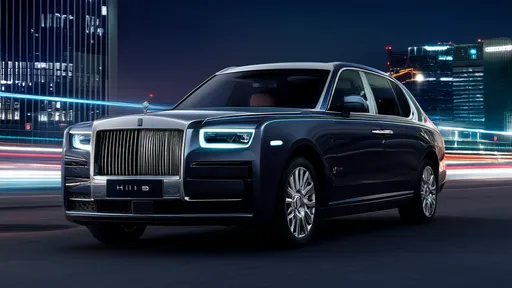
By /Jun 14, 2025
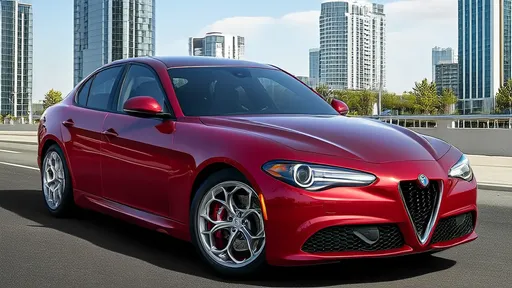
By /Jun 14, 2025
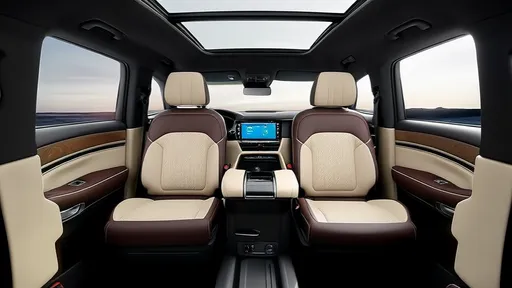
By /Jun 14, 2025
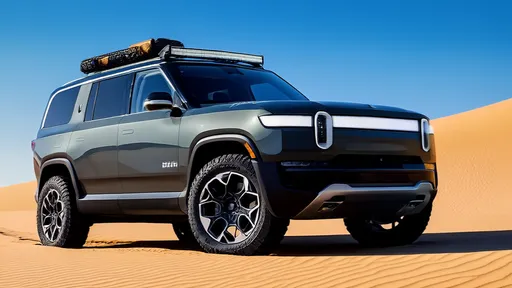
By /Jun 14, 2025
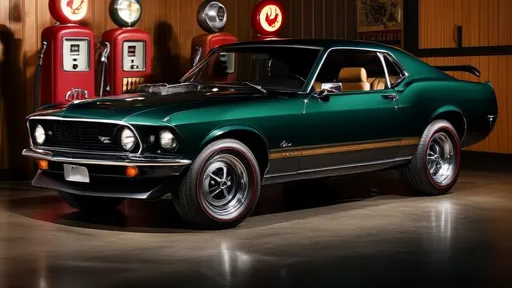
By /Jun 14, 2025
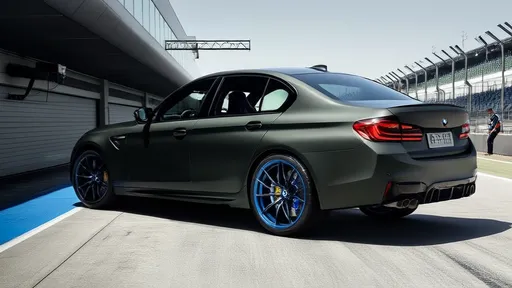
By /Jun 14, 2025
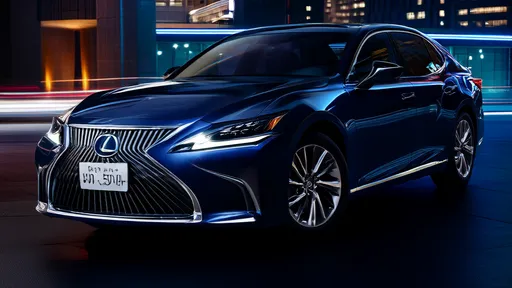
By /Jun 14, 2025
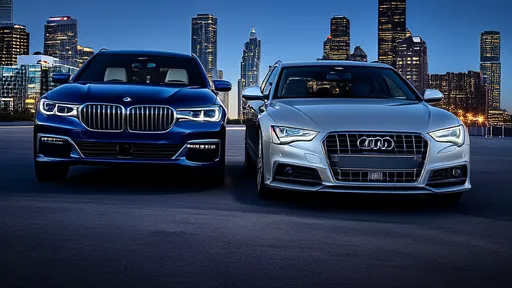
By /Jun 14, 2025
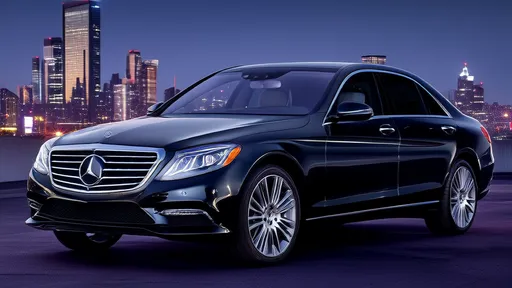
By /Jun 14, 2025
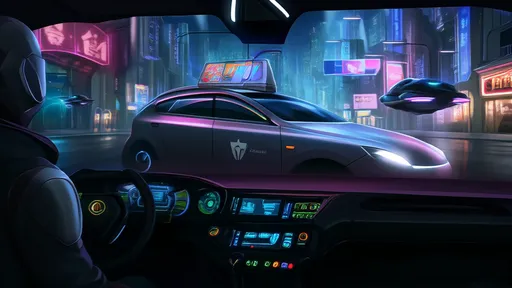
By /Jun 14, 2025
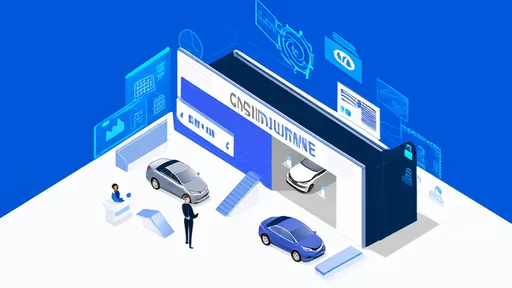
By /Jun 14, 2025
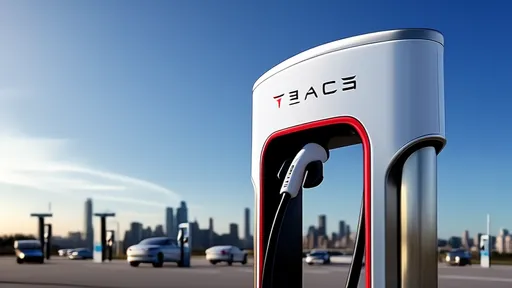
By /Jun 14, 2025
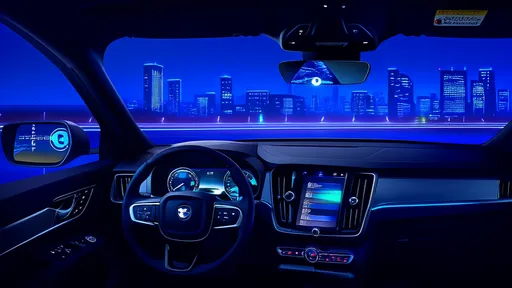
By /Jun 14, 2025
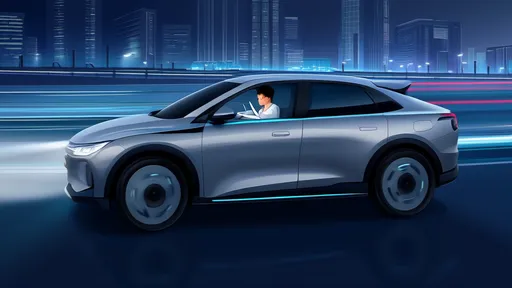
By /Jun 14, 2025

By /Jun 14, 2025